Q&A: Bennett Slater
Bennett Slater is a fine artist based in Toronto, Canada. Best known for his oil paintings on wood panels, Bennett’s work combines modern imagery and pop culture with traditional media and ancient symbolism.
You first started working as a designer. How did you land this job? How long after graduating did it take you to land a stable job?
I work two opposite careers side-by-side. I work 9–5 as a senior designer for a company in Vancouver, and when that workday wraps, I paint in my studio until ungodly hours at night. Painting is where my heart is. When people ask what I do, I say fine artist, oil painter. I do design work to keep the lights on.
After graduating, I spent about three years working retail jobs: an art store, a print studio, and a frame shop. Eventually I parted with the frame store without any real plan—which is scary. I stumbled across a Craigslist post for a graphic designer and immediately replied, sending them my website, which at the time had some very bare-bones design work—mostly just traditional paintings. But I guess they saw (if nothing else) an aptitude for…something creative. They were a new company trying to turn boring data sets into infographics. Nothing I was trained for, nor anything I had shown in my portfolio. But they sent along an example data set and told me to spend a couple of hours designing it into an infographic as a test. I guess I passed because I still work with them.
How do you find most of your clients? Or how do they find you?
The fine art world is very incestuous. Galleries all follow and closely watch each other, so if you show somewhere, similar galleries will take note and likely reach out. When I started, I looked up the CVs of artists I loved and whose careers were a step or two above where I thought I was. One night I just cold-emailed a handful of those galleries. I expressed interest in contributing to any group show they may have space in. Only one gallery replied, out in San Francisco. I contributed one painting for a big group show of about 100 artists. My piece was very rough around the edges—certainly amateur. A few days after the opening, a gallery in LA reached out. They saw my piece from that opening and asked if I wanted to contribute something to one of their group shows. This domino effect has been going on for 15 years and counting. Take the leap.
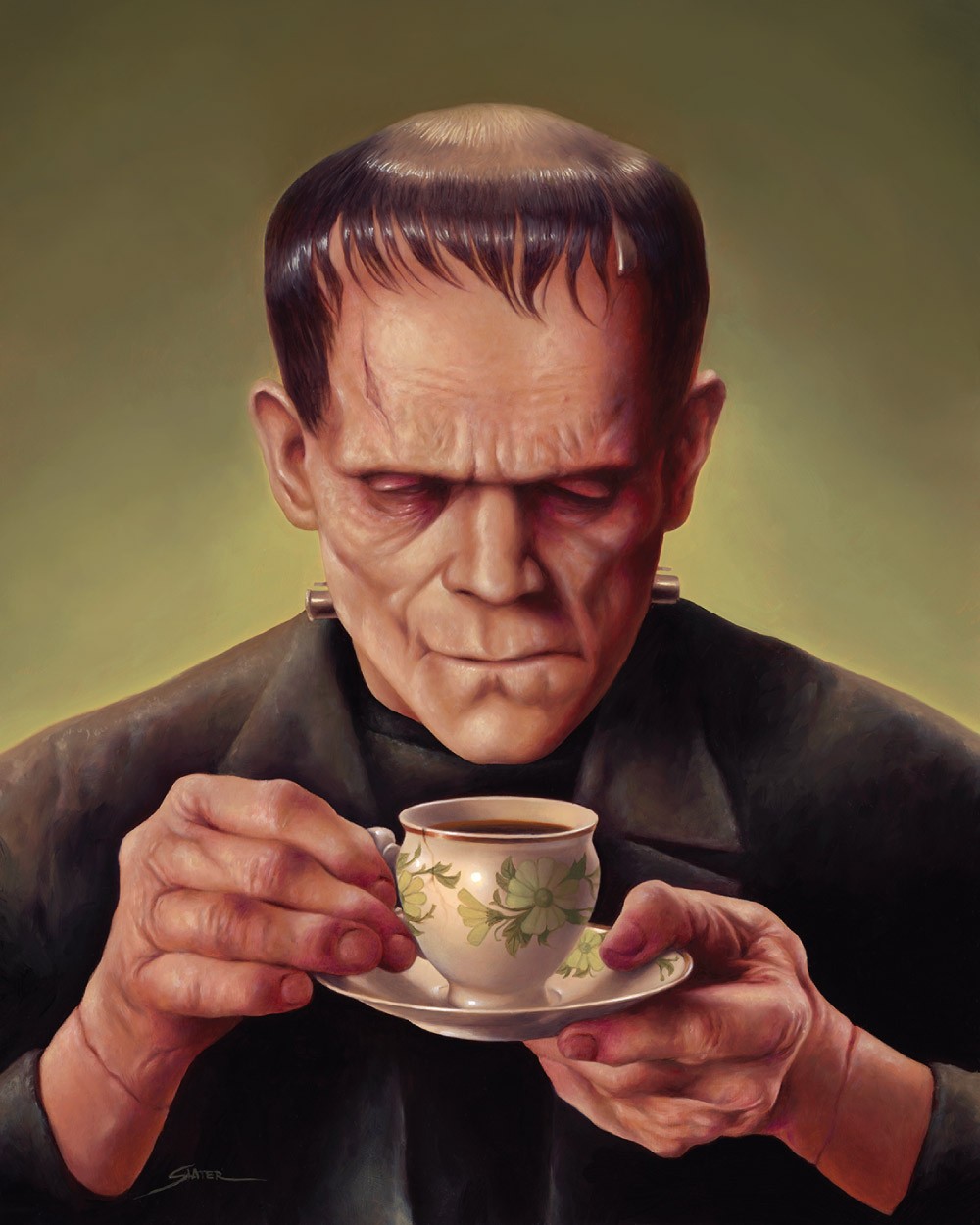
What is some advice you could give to people entering the workforce, both portfolio related and other?
Nobody knows what they want until they see it. There are a lot of clients looking for something unique and fresh. Fill your portfolio with a lot of the kind of work you WANT to be doing…and top it up with a little bit of work completely different from that to show you can adapt. It sounds obvious, but if you prefer to work traditional, and want jobs that channel that, then stack your portfolio with traditional work. You’ll get jobs that provide an outlet for what you want to be doing.
Can you share an example of a project in which you faced a major challenge and how you overcame it?
There will always be challenges out of your hands. All you can do is sound confident, like you’ve worked with a million clients. Ultimately clients have a problem and need you to fix it. Approach clients like you have their solutions.
A personal challenge that turns up every now and again is when a project simply isn’t looking how you need it to. Sometimes it is just going to look wrong for the majority of the process, then finally, often with the smallest detail, it clicks in. Build a process you can rely on and trust your process. Your eye can get you there.
Are there specific strategies or approaches you’ve found effective in using social media to enhance your career?
You’re asking this to a caveman. I pretty much only use Instagram. I see it as a place to show your work to an unsuspecting audience. No one knows who you are, and no one is searching for you. So post work that makes you happy, and like-minded people will find you. You never know who they may know and pass your work
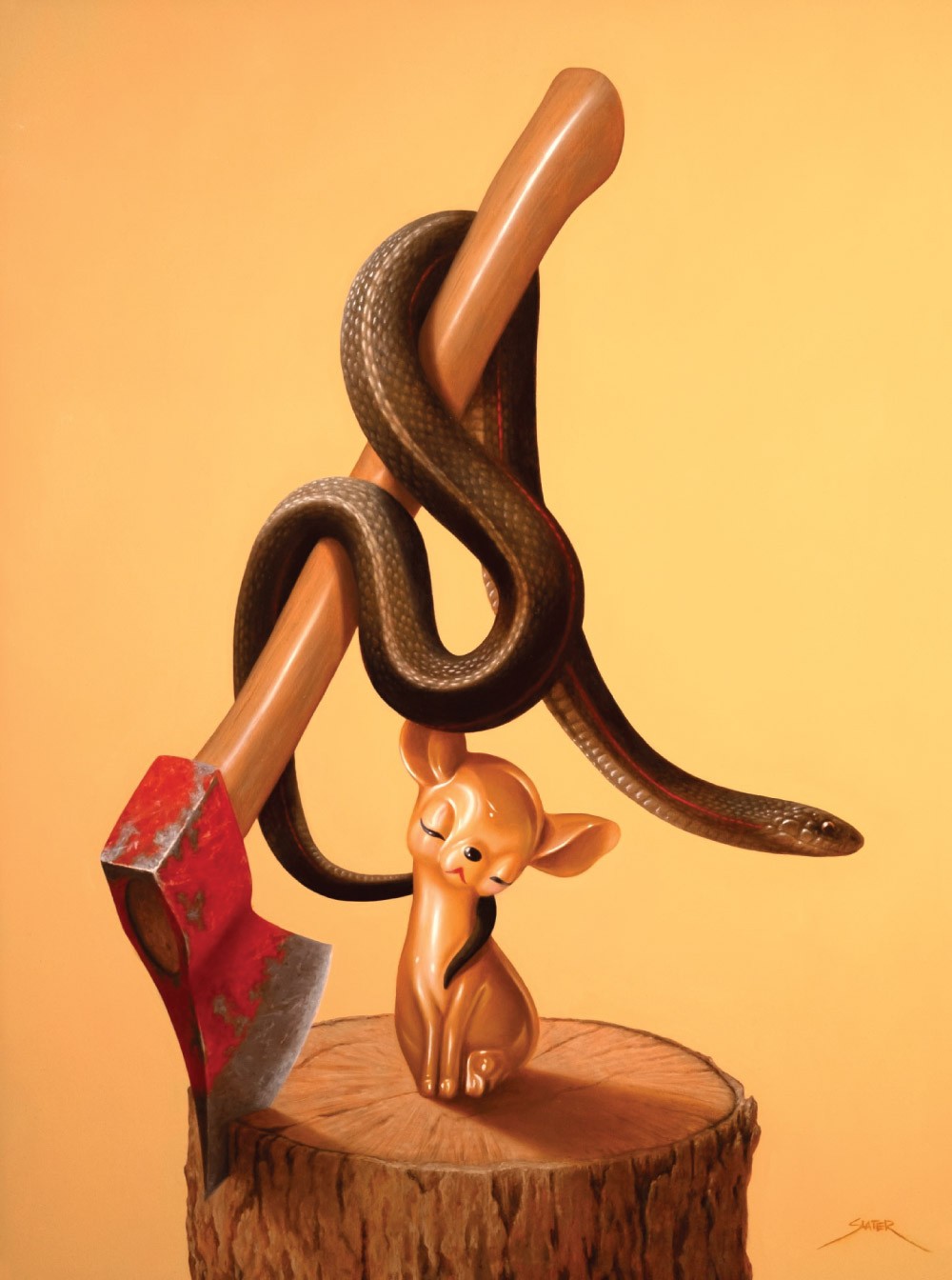
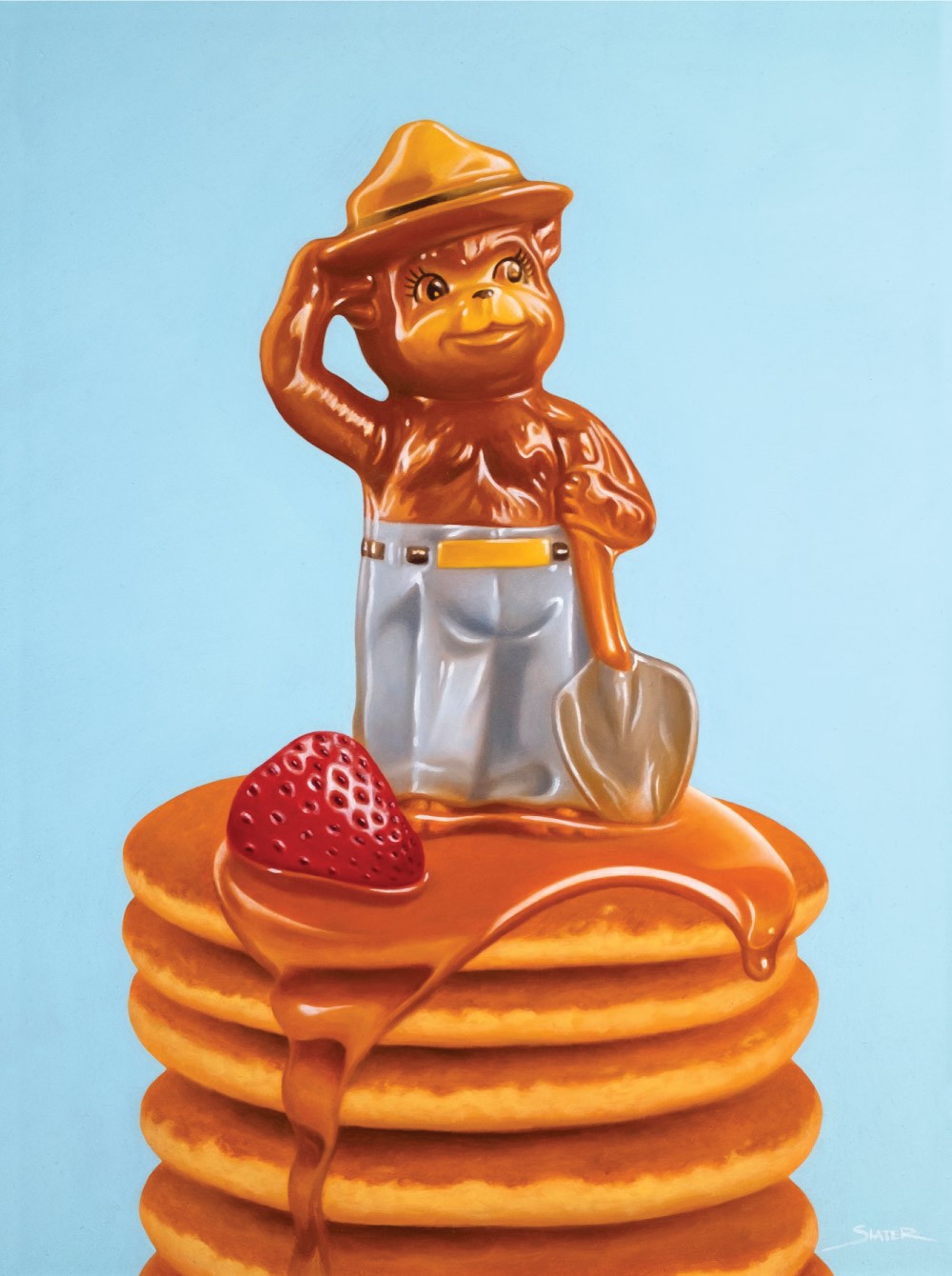
How do you manage to have a consistent flow of work/income?
Deadlines. Have a deadline, mark it down, and tell someone about it to keep you accountable. If a painting has to be shipped in two weeks, you have two weeks. If I need to paint late at night and all weekend to get it done—that’s fine. It’s still due in two weeks.
Managing two jobs at once can be difficult. If I’ve been brainstorming all day on a design project, and then at night, I have to come up with ideas for a new painting. That can be exhausting—but I work around it. On taxing design days, I pick something boring to chip away at on the easel. Three thousand snake scales to paint, here we go…! And on days when I don’t feel like painting, I make a coffee, and I watch YouTube videos of people painting, drawing, sculpting, or building something. It pushes me to get up and make things.
How much of your work hours are spent creating art versus completing other responsibilities? How do you manage your time?
I don’t think there’s a terrible amount of admin work I have to do. Writing out everything that isn’t the creative part of the process sounds like a lot: emails, managing and ordering supplies, cutting and priming panels, emails, varnishing, ordering frames and framing the work, emails, photographing it, editing it, packing and shipping it, emails, posting and promoting it. Emails, and emails. None of that is particularly glamorous…but you can structure your process so it’s not so bad. Have a prep weekend: prime panels all Saturday and sand panels all Sunday.
With material costs and the overall cost of living, how do you price your work fairly?
I suppose it’s the old cliché of, “You’re not paying for the time it took; you’re paying for the lifetime of skills I acquired to make it.” When I was brand new on the scene, I priced my work alongside new artists. Now, I can confidently price alongside people who have been doing this as long as I have. That said, demand also dictates price. If your work is consistently selling, you can be confident in pricing higher—the demand for your work is there.
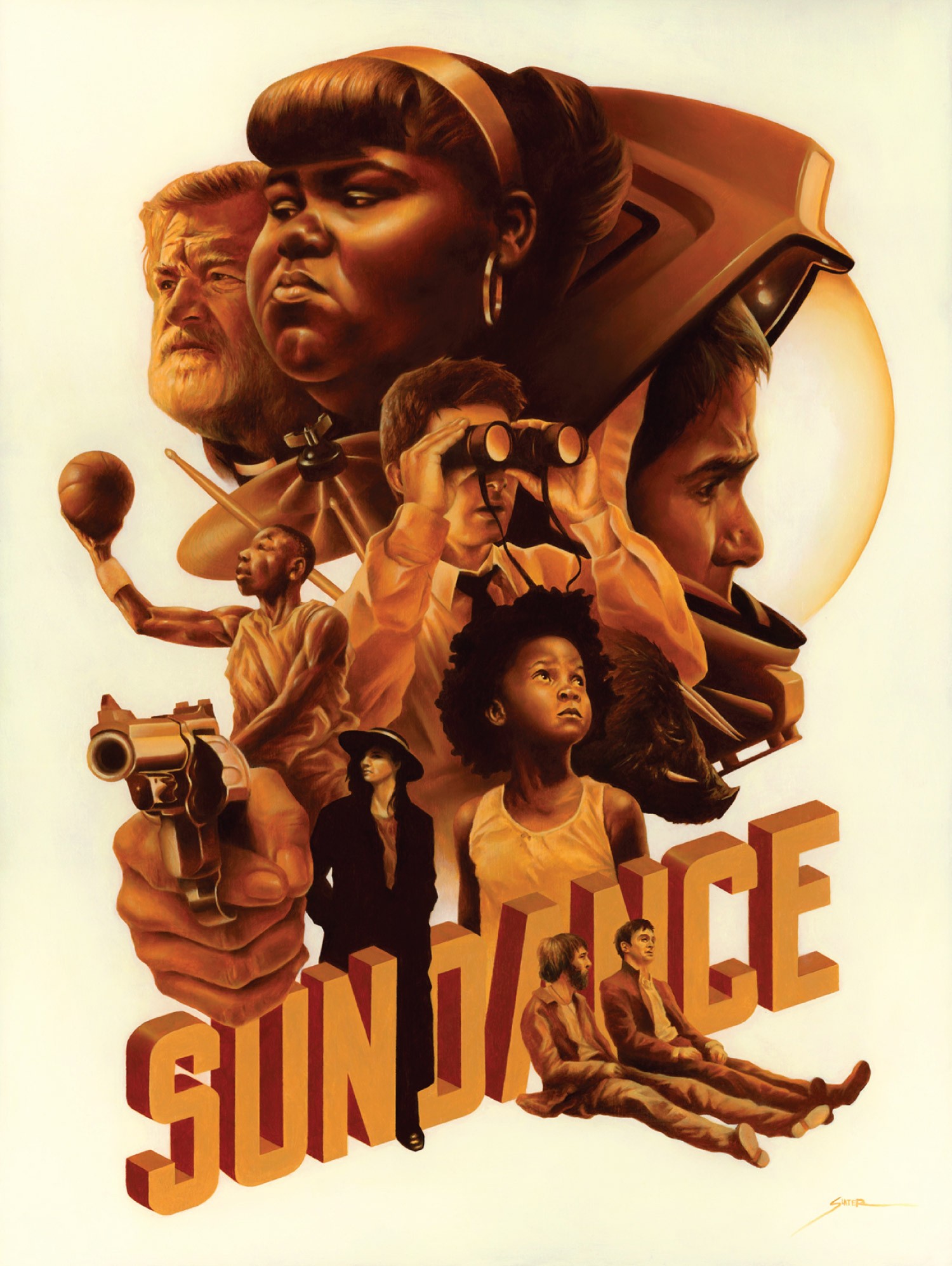
What is your favourite oil paint to work with? Both in brand and in colour.
Gamblin Oil Paint is my brand. There’s great consistency with their batches, and it’s just a dream to work with. Venetian Red is the colour that sees the most action. It’s rich and vibrant, while still being an earthy natural tone. I use it in all my work.
How do you digitize your work?
I used to scan my work, but it required so much editing in post just to get the colours looking correct. The light from the scanning process doesn’t pick up the subtle layers of lightfastness in the paints. It was just blowing things out. For years now I photograph my work with a mirrorless camera on a tripod.
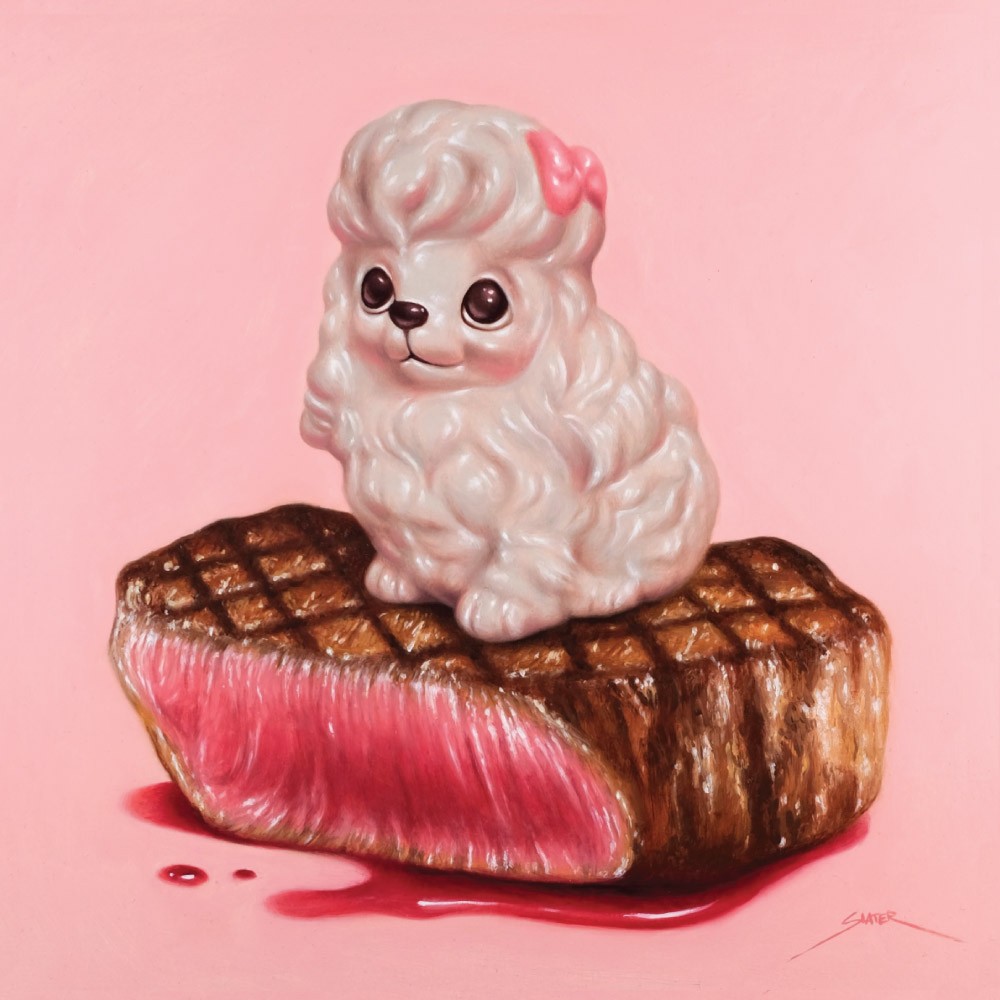
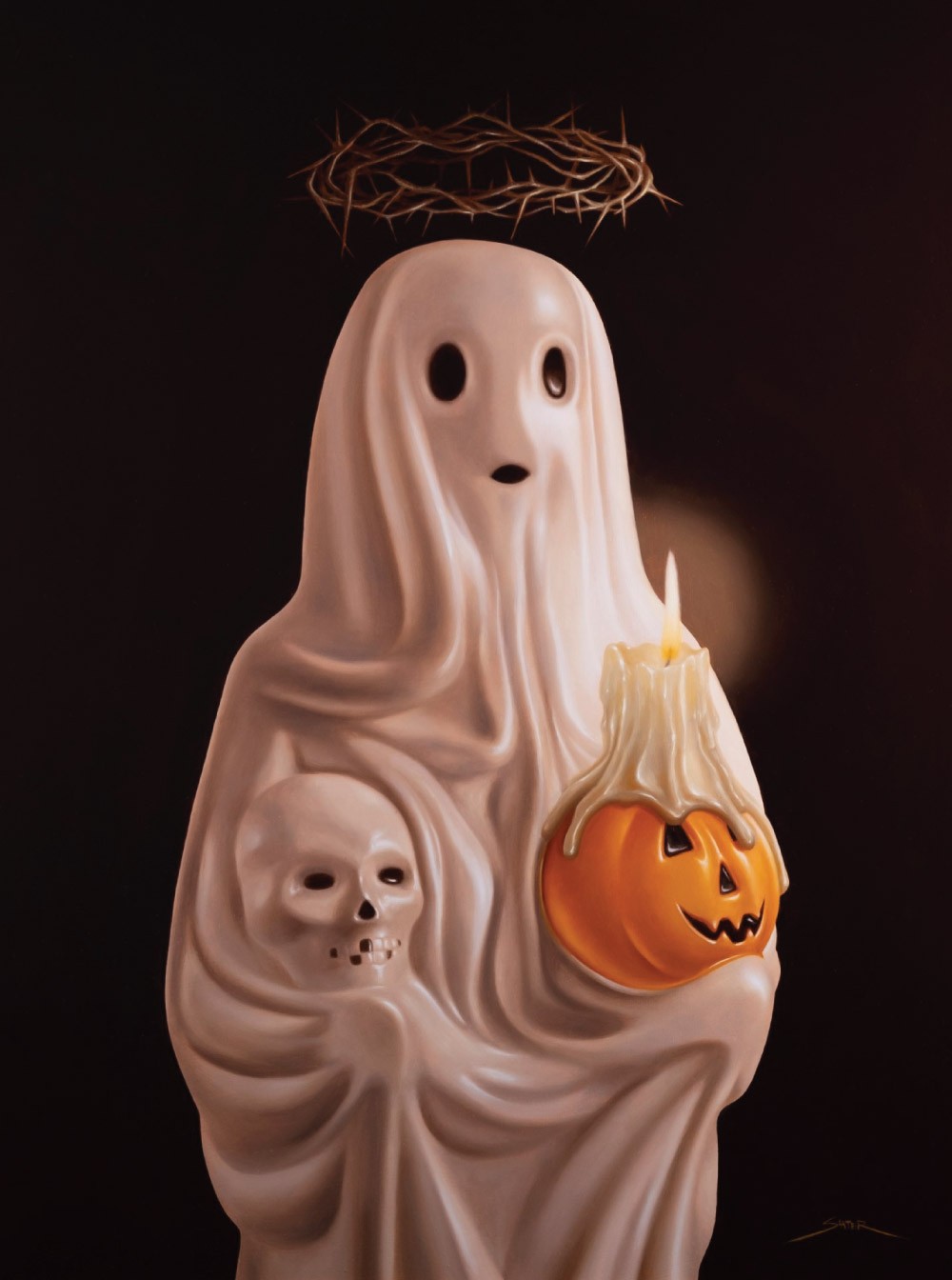
What steps do you take to continue learning and growing as a creative?
I mostly just say yes to things that challenge or scare me. If a client asks if I can do something I have little to no experience with or requires a skill I haven’t attempted before, I just say yes. Then work like hell to learn it. Broader advice: become a sponge. Watch and learn from everywhere. Go to galleries and museums and stand an inch from the painting. Learn how they’re painted. Deconstruct. Watch tutorials online. Try everything.
To see more of Bennett’s work, visit www.bennettslater.com
Interviewed and presented by:
Jessie Neveceral, Narita Sargees, Crystal Semple, and Bori Wellisch.